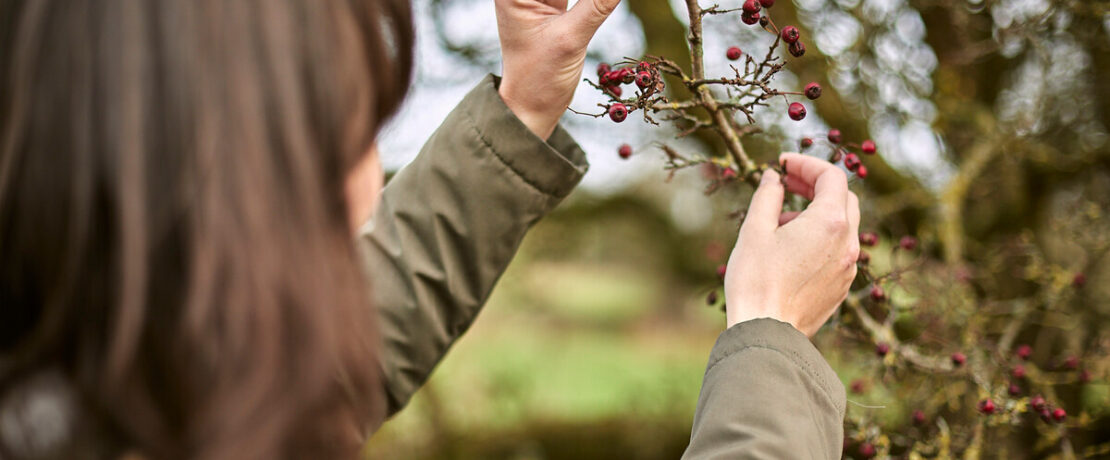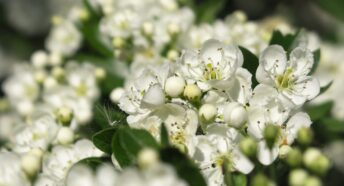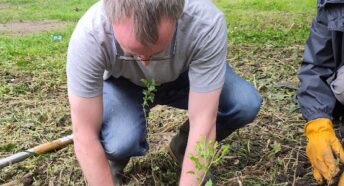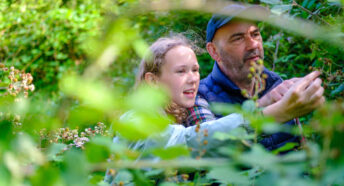Hedgerow Healers
Hedgerows are teeming with life providing homes and food for a variety of wildlife, but they are also a provider of medicinal plants for humans.
Throughout history people have turned to natural remedies to treat their ailments so plant based medicine is steeped in tradition and folklore. Hedgerow foraging is also a great way to connect with nature and the many emotional benefits this brings. Here we go back to our roots and look at healing properties of two common hedgerow plants.
Hawthorn
Hawthorn is one of the most ubiquitous and prominent plants in our hedgerows. Easy to identify throughout the year with it white and pink flowers in the spring and an abundance of glowing red berries in the autumn and winter. In Celtic mythology it symbolises love and protection so it is no surprise that it’s said to be food for the heart and is widely used by herbalists to treat the cardiovascular and circulatory systems. Hawthorn also soothes the spiritual and emotional heart and is used as a relaxing nervine tonic.
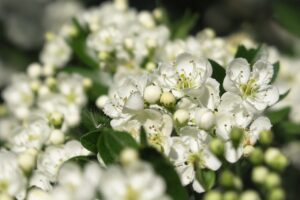
Hawthorn tea can be made with an infusion of leaves and flowers and the berries makes an excellent jam or sauce.
Elder
As spring tips into summer the lacy white flowers of the elder blossom start to appear in our hedgerows and emit their summery sweet fragrance and then as summer drifts into autumn the deep purple elderberries start to appear. Both the flowers and the berries have excellent medicinal properties and well know for treating colds and flu.
Elderflowers have long been used for easing the symptoms of hay fever and have anti- catarrhal effects. They also contain high levels of antioxidants and are good for modulating inflammation and supporting the body to naturally reduce fever. Herbalist Maude Grieve wrote in the 1930s that elderflowers are an “almost infallible cure for an attack of influenza in its first stage.” A simple elderflower tea in the first stages of a cold or flu can help reduce fever and limit symptoms. Elderflower tea also makes a good mouthwash.
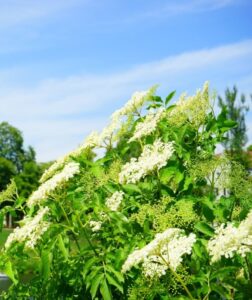
Elderberries are a great example of food as medicine and are often included in drinks and cordials and can be eaten but heat them first as they are mildly toxic when raw. They are pack full of antioxidants and several studies have shown them to be effective in reducing the severity and duration of colds and flu. A syrup or ‘rob’ is a good remedy to keep to hand to stop colds and flu in their tracks and is easy to make.
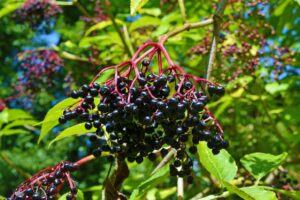
Remember we share the hedgerows with many other animals so only take what you need and always be sure you can positively identify the plant before picking it.
Always consult a qualified Medical Herbalist if you have a medical condition.
